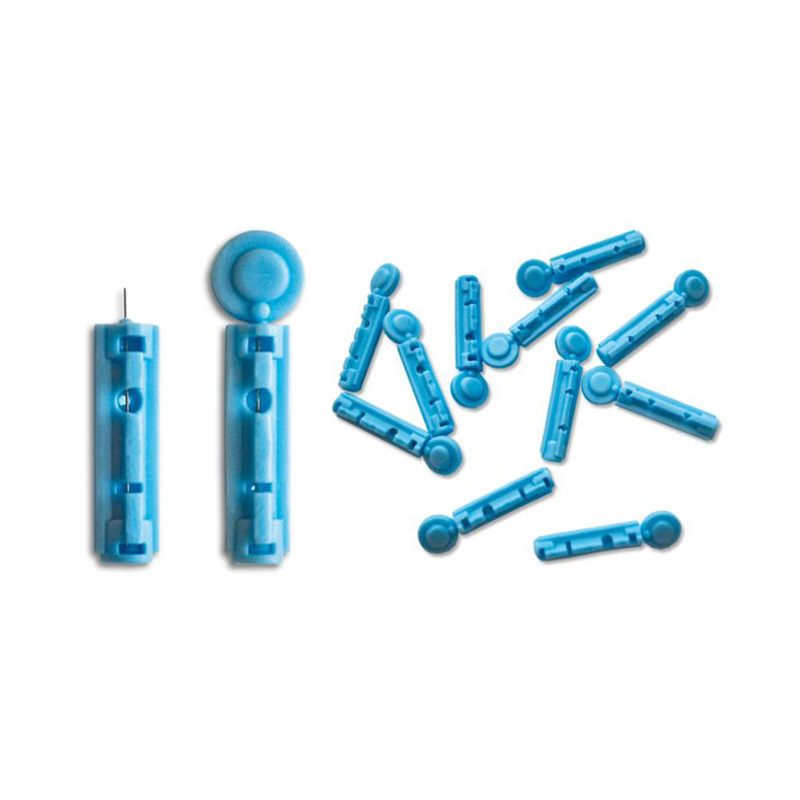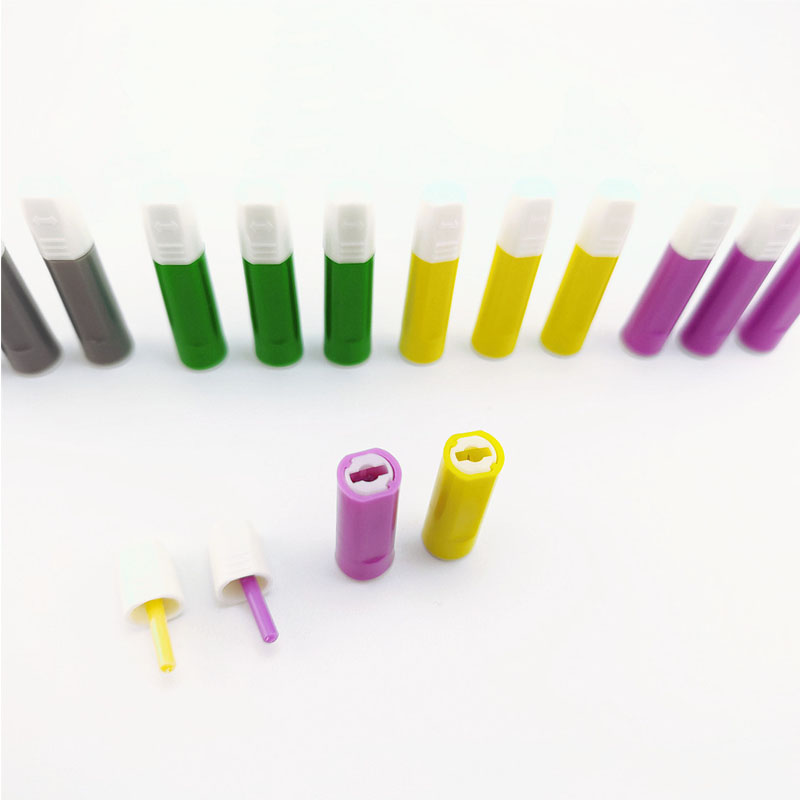When a person is first diagnosed with diabetes, they may experience a wide range of emotions. What could I have done to avoid this? What is frequently overlooked is the lancet – the ONLY product in the kit with the potential to cause physical pain!
There are hundreds of different "brands" of Diabetes Lancets, but they all boil down to essentially two types – Traditional Lancets vs Pip Lancets. In this article, we will look at the differences, as well as the benefits and drawbacks of the two types.

Traditional lancets are what most people think of when they hear the word "Lancet." Other common names include "pokers," "needles," and "lancers." They are simply a molded piece of plastic with a round cap. A needle is hidden beneath the round cap. Simply twist off the round plastic cap to reveal the needle.
Lancets are small plastic cylinders containing a sterile steel needle contained within a lancing device. The Blood Lancet Needle is used to make a small hole in the skin of a finger in order to collect a blood sample for testing Blood Glucose Levels. Diabetes patients are the most likely to use lancets.

Pip Lancets are a more convenient way to test your blood sugar. Each device has a pre-installed operating system. Simply twist off the cap and press down. The device will gently activate against your fingertip to deliver just the right amount of blood. Loading, unloading, depth adjustment, and other cumbersome aspects of traditional lancets and devices are eliminated.
Before and after use, the needle is concealed. Pip eliminates the need to handle exposed needles, making it ideal for people with limited dexterity, children, or anyone who wants to avoid being accidentally pricked by a needle.
How does it work?
A traditional diabetes lancet can be used completely on its own by jabbing the needle into your finger just enough to obtain a blood drop, but this can be quite painful. As a result, the vast majority of people prefer to use lancets in conjunction with a "lancing device" or a "lancer."
For a clean lancet, use a new lancet for each finger prick. Reusing a needle can cause it to become dull, resulting in more pain and bleeding. Because the lancet needle is so small and thin, it is prone to bending after just one use.
Nanjing Superfit